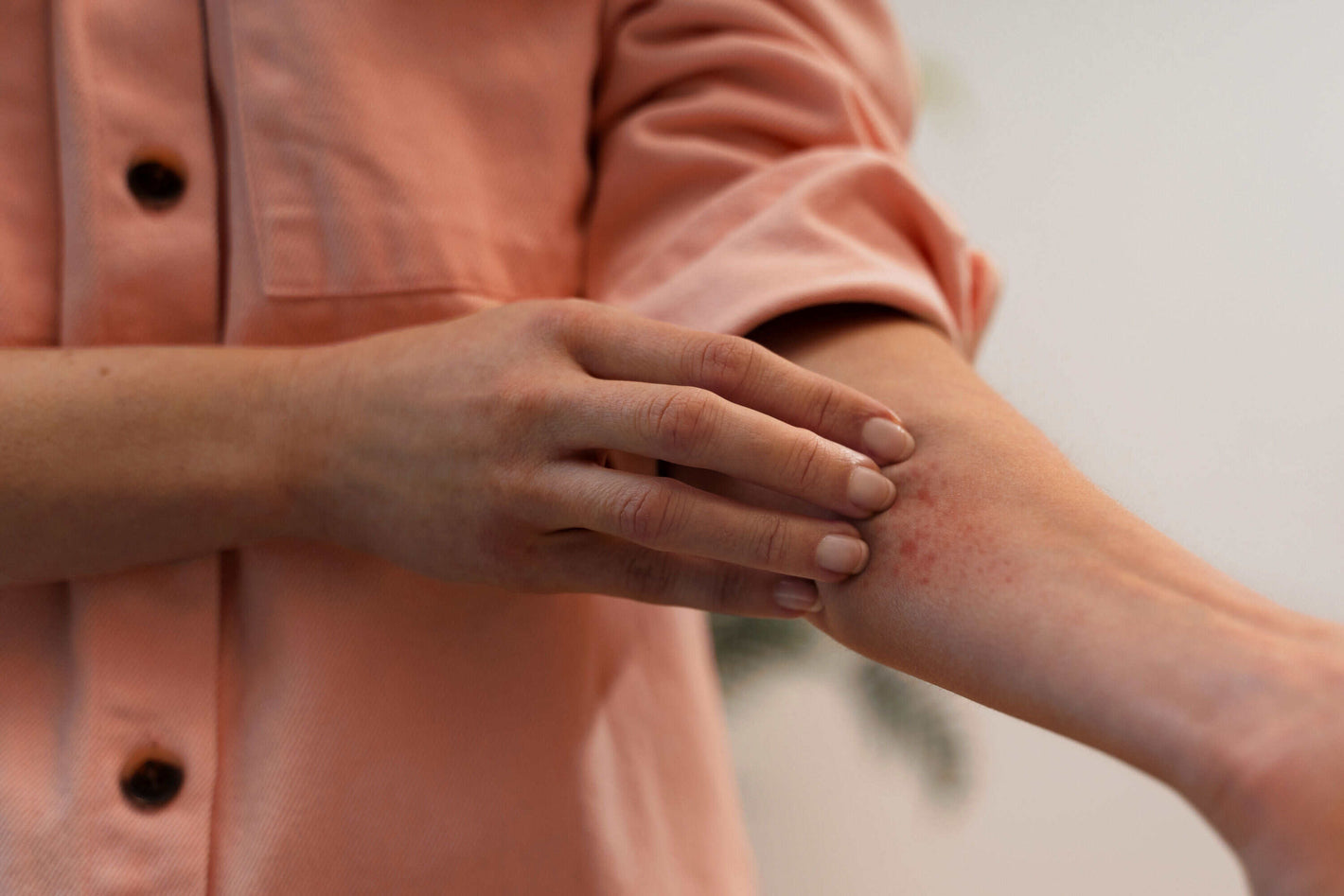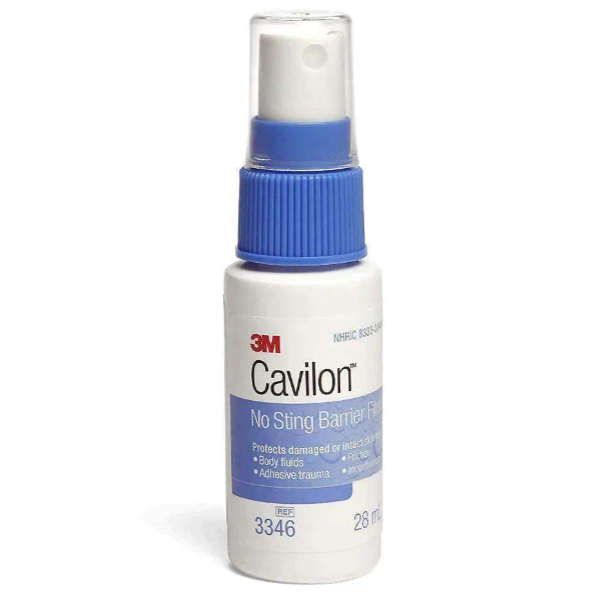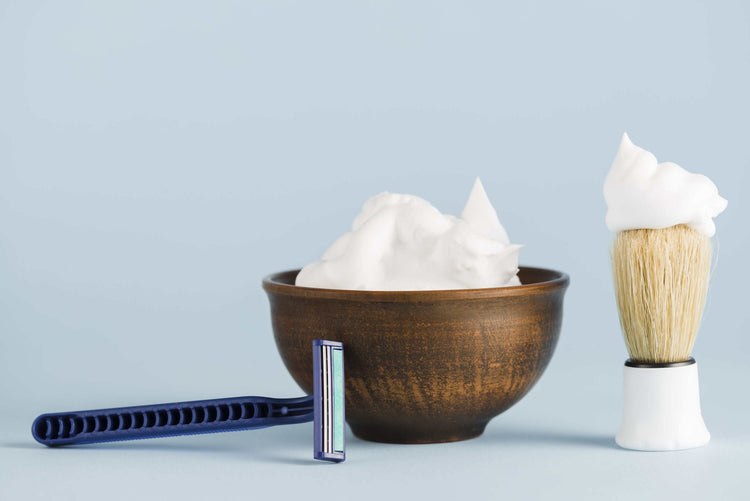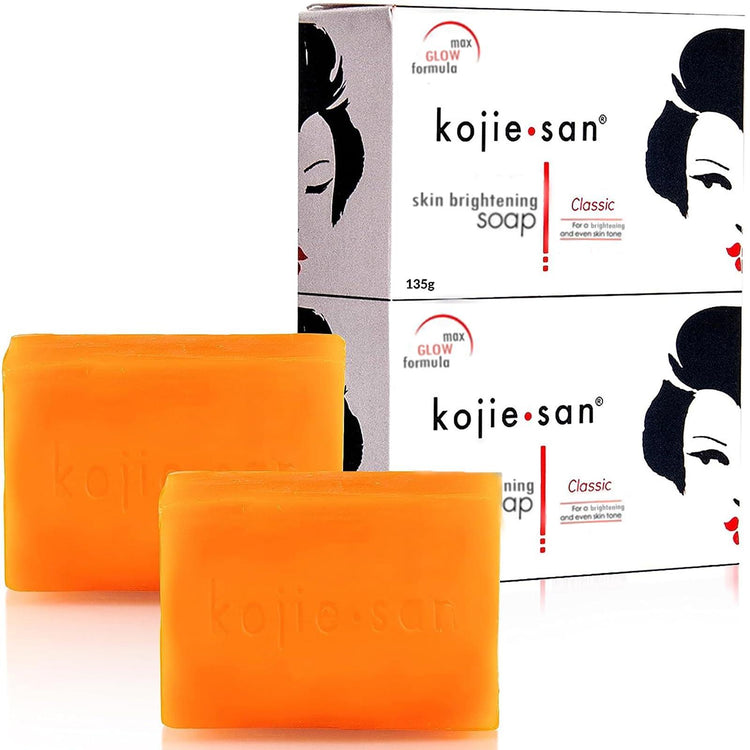
 Instagram
Instagram
Flea vs Bed Bug Bites: A Visual Comparison Guide


Related products
Both fleas and bedbugs cause multiple bites on the skin. Flea bugs cause itchiness and irritation, while bedbugs are often not itchy and are asymptomatic. How can you visually differentiate between these bites?
This article visually compares both bites and summarises their key features. Likewise, another article by Welzo compares fleas and bed bug bites. You must read it to learn more about the bites of these two insects. Go ahead and read more.

Fleas vs bedbugs
Fleas from the group Siphonaptera live on household pets, such as dogs and cats, and occasionally bite humans, causing skin swelling, itchiness, and bumps. Conversely, bed bugs live in hotels and nursing homes and are common in congested and communal living conditions. There are over 90 species of bedbugs, but these bites are mostly attributed to two major species, Cimex lectularius and Cimex hemipterus.
Their bite is primarily asymptomatic and doesn't cause the spread of diseases. On the other hand, the flea bite causes the spread of various flea-borne illnesses, e.g., typhus, and is more dangerous than the bedbug bite. People with allergies often react severely to both bites, and some even develop skin infections.
In most households, flea bites are just a nuisance and pose no real danger. However, distinguishing between these two insects is necessary to avoid and eliminate them. To soothe itchy flea bites, After Bite Classic offers fast-acting relief using ammonia to calm the skin. It’s a convenient on-the-go solution for irritated or inflamed areas after exposure.
The identification of bedbugs and flea bites
In household conditions, fleas are found in furry animals, such as dogs and cats. They feed on the animal's blood and lay eggs in the fur. The eggs then fall off the animal and hatch in the garden and homes, and this cycle continues. These insects mostly do not live on humans but can bite them if there is a chance and when jumping from a host.
These bites thus develop more frequently on the ankles, legs, and other exposed areas of the skin. Want to know more about whether fleas can bite humans? Our blog, 'Can Fleas Live on Humans?' is the answer. Go and read it.

Zoologists have classified over 90 species of bedbugs, but Cimex lectularius is the cause of most infestations in the UK and the Western Hemisphere. These bugs reside in bedding and other places that give them easy access to humans and feed on their blood.
These insects can't jump or fly on humans. They are nocturnal, meaning they bite and feed at night when their host sleeps. The section below highlights key differences between the bites of fleas and bedbugs. For enhanced protection during outdoor exposure, Natural Insect Repellent Lotion 100ml provides a plant-based barrier against both fleas and biting bugs. It's ideal for family use, including those with sensitive skin.
Symptoms
Bedbugs mostly appear as smaller hives, just 1cm or slightly more. Most of the time, they do not cause itching, but sometimes, they do. Flea bites are very itchy and cause more minor bumps with a dark red centre. If you have sensitive skin or inflammation from multiple bites, After Bite Xtra is specially formulated for extra-strength relief. It contains baking soda and tea tree oil to calm inflamed or allergic skin reactions.
Biting pattern
Biting of bedbugs occurs linearly in 3-4 bites in a row and mostly appears in clusters. The flea bites develop linearly on ankles and feet and appear in clusters.
Frequently of biting
The biting frequency of bedbugs is unique. They bite between 1 and 5 AM as a person sleeps, and each bug feeds after a few days. The biting frequency of fleas is much higher. They bite as soon as they have a chance, and there is no distinction between morning and evening.

Comparison with other insect bites
Besides bedbugs and fleas, many other insects can bite. Some bites are very similar, but others are different. Signs of other bites and their difference from bedbugs and fleabite are,
The area is very swollen and painful, with a stinger inside: This sting is markedly different from flea and bedbug stings and bedbugs and indicates a sting by stinging insects, e.g., a bee sting. For those spending time in mosquito-heavy areas, Anti-Mosquito Camouflage Spray 50ml offers discreet protection without strong odour. It blends into clothing and skin tone while keeping insects away.
The presence of several swollen and painful areas at different sites on the body is a sign of mosquito bites. For example, mosquitoes that carry the dengue or Zika virus bite in this fashion.
There is just one bite at a site: A single bite indicates an ant or spider bite.
How do you know if one is bitten by bedbugs or fleas bugs at night?
People who are bitten by bedbugs do not necessarily have these bugs living inside their homes. Many experience this bite after visiting a high-density hotel, hospital, or elsewhere. However, a person who stays at a site with bedbugs is likely to carry bedbugs with them. The signs and symptoms of a fleabite are;
Physical fleas at home: The fleas are often visible as smaller jumping insects, particularly on the family pet. The presence of fleas is a sure sign that they are the culprit.
Having flea eggs at home: The flea eggs, which are white or clear grains, are visible on the pet's fur. A veterinarian can distinguish between insect eggs.
Changes in the pet: Check if your pet is experiencing unusual anxiety and itchiness.
Presence of flea faeces at home: Grains of sand-like dark black specks on the pet's fur indicate flea faeces.
The signs and symptoms of a bedbugs infestation include;
Presence of visible Bedbugs: Check if there are tiny dots or bugs in the sheets and fields of pillowcases and other bedding material, particularly the seams of a mattress.
Unusual odour: A musty and sweetish odour emanating from bedding material such as the mattress and sheets indicates a bedbug bite.
Check the exoskeleton of the bedbugs: Check if there are tiny, crunchy-looking exoskeletons of the bedbugs around or in the bedding material.
Bedbug faeces: Tiny, rust-coloured spots on the mattress and sheets indicate a bedbug bite. However, remember that both bugs can be present at the same site, complicating the identification.

Treatment options
After identifying a bedbug or flea bite, the next thing is to treat it, particularly if there is an infestation.
Treatment of insect bites
Treatment is usually not necessary for flea and bedbug bites. However, some people nevertheless use an over-the-counter hydrocortisone cream to ease the discomfort. To avoid more skin irritation, a person must avoid scratching at the bite site.
In case of any symptoms of an allergic reaction, a person must consult the healthcare provider. The swelling at the bite site and intense pain and fever are the symptoms that must raise a concern.
Treatment of insect infestations
Insecticides, such as pyrethrin, diatomaceous earth, boric acid, insecticidal soaps, neem oil, essential oils, and hydramethylnon, kill bedbugs quickly and prevent their reoccurrence. Hire an exterminator to handle the infestation. Frequent bedsheet replacement reduces a person's exposure to insects, and the sheets must be replaced as soon as they are sprayed.
Flea infestation, however, does not need an exterminator. People with household pets are advised to consult a veterinarian about killing flea eggs in the environment and eliminating the insects. As fleas prefer furry animals, most die quickly as soon as the animals receive treatment.
Regularly washing the pet's bedding material and thoroughly vacuuming the area is critical to eliminating the bugs. However, if no household pets or fleas remain after treatment, contacting a terminator is necessary. The first thing an exterminator does is establish whether the fleas are the culprit. They then develop a treatment plan.
Our Insect Protection collection has numerous sprays, creams, and ointments to treat and manage insect bites. Let's have a look and buy the desired ones. Another Welzo collection, Bites and Stings, has many similar products.
Prevention
Preventing fleas and bedbugs requires chemical treatment, a proactive approach, and preventive measures. Some essential preventive strategies are,
Regular cleaning: It is essential to vacuum clean the upholstery, rugs, and carpets regularly to remove pests and their eggs. Also, periodically wash the blankets, sheets, and pet bedding to kill fleas and bedbugs.
Wear protective clothing. Use bedbug-proof pillows, mattresses, and covers to prevent bedbugs from hiding places. Also, choose covers for fleas and pet beds.
Regularly inspect used items: Bed Bugs hide in old clothes and furniture. So, it is advised that we examine these items carefully before use.
Seal the entry points: Seal all cracks in the baseboards, walls, and floors that provide a hiding place for fleas and bedbugs.
Regularly treat pets: Fleas enter homes through pets, so it is advised to be careful and use prevention programs as a veterinarian recommends.
Natural repellents: Some essential oils, such as tea tree oil and lavender, serve as effective flea deterrents. Spray a diluted solution of these solutions at the fleas' possible hiding places.
For general skin wellness after repeated exposure or treatment, visit Welzo’s Skin Care Collection to explore products that soothe, protect, and repair bite-prone or sensitive skin.
Limit the clutter: Clutter serves as a hiding place for bedbugs. So, it is advised to keep areas clean, especially around sofas and beds.
These steps ensure no hiding places for fleas and bedbugs at home and the workplace. Regular inspection is, however, needed if the person and pets live in a congested area.
Frequently Asked Questions
What are the other bites that are mistaken as flea bites?
Flea bites are often confused with spider bites and bedbug bites, as they all leave an irritated, sensitive, and reddish spot on the skin. However, the similarity ends here, and these bites have many variations.
Are flea bites raised or flat in appearance?
Flea bites appear as raised, smaller, and reddish welts on the skin. Sometimes, they cluster in groups around the waist, legs, and ankles.
Why do fleas tend to bite only when sleeping?
Unlike bedbug bites, flea bites tend to occur mostly at night. Fleas nibble on the lower body parts and bite behind the knees, where the skin is moist and warm.
What are the smells the fleas tend to hate?
According to the experts, fleas tend to hate the smells of eucalyptus, cedar, and citrus. These smells are part of many essential oils and must be sprayed in case of infestation.
What are the home remedies for flea bites?
There are many effective home remedies for flea bites. These include tea tree oil, apple cider vinegar, warm showers, staying busy, slapping at the skin, aloe vera, baking soda, peppermint, cold compresses, damp tea bags, and many more.
What are the treatments that kill the fleas instantly on touch?
Treating the pets with nitenpyram is an excellent choice to remove these insects from pets. It is available under various brands, e.g., Bestguard and Capstar, and from multiple online sources.

Takeaway
Many fleas carry diseases, e.g., flea-borne typhus and plague, but bedbugs do not spread the diseases and are harmless to the people. Both bed bugs and flea bugs are a serious nuisance, but a few treatment options help rid the home of these insects. Some people employ an exterminator to kill these insects. However, the exterminators use toxic pesticides, and consulting and hiring an exterminator is controversial. In short, hiring an exterminator to kill the bedbugs and talking to a veterinarian about how to kill the fleas is a safe option.
Insects are not just harmful but have immense nutritional potential. Visit this collection to review these products, and have a look at another blog titled ‘Insect Sting Allergy: Symptoms, Causes, Diagnosis, Treatments, and Preventions’ to understand insect skin allergy.





















 Rated Excellent by 26,523+ Reviews
Rated Excellent by 26,523+ Reviews